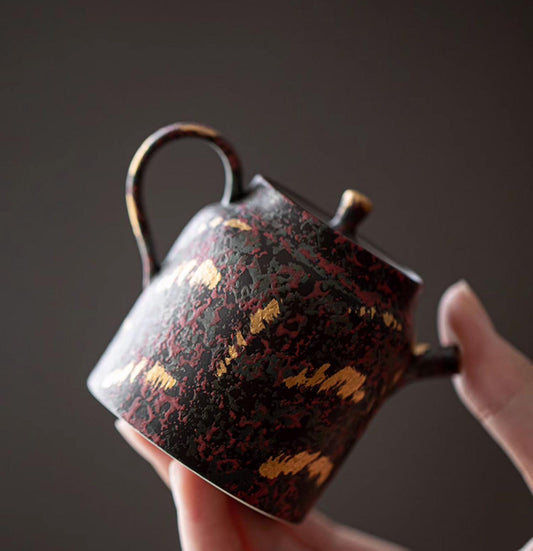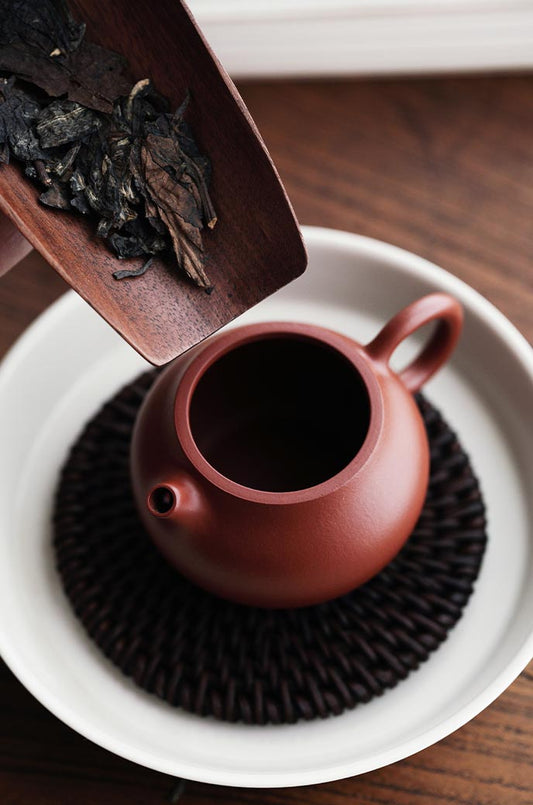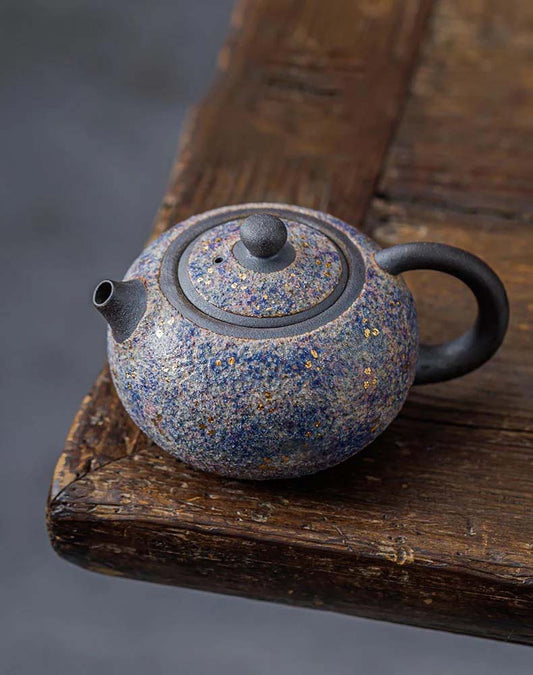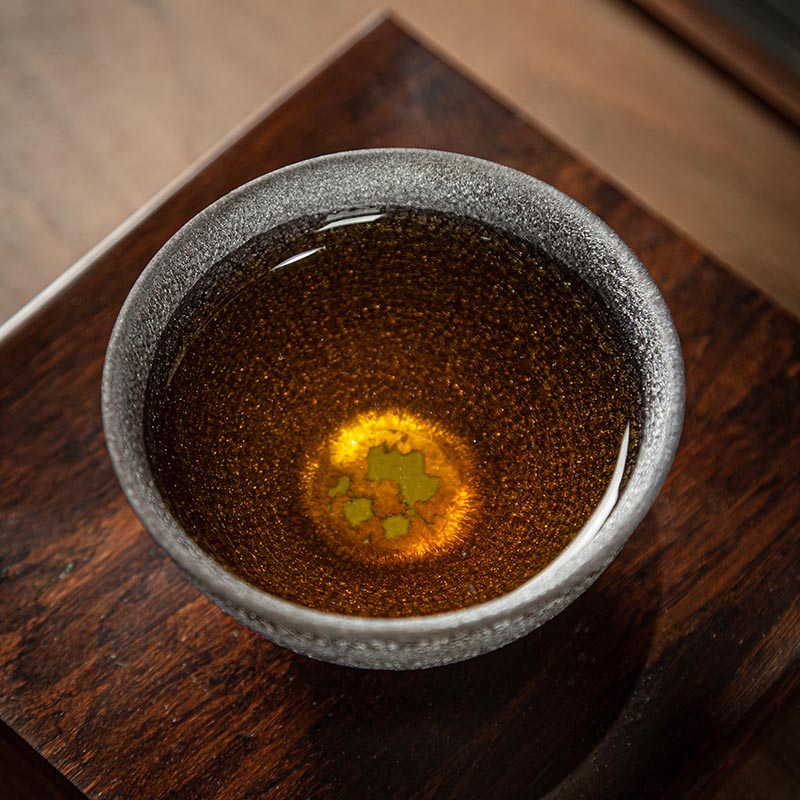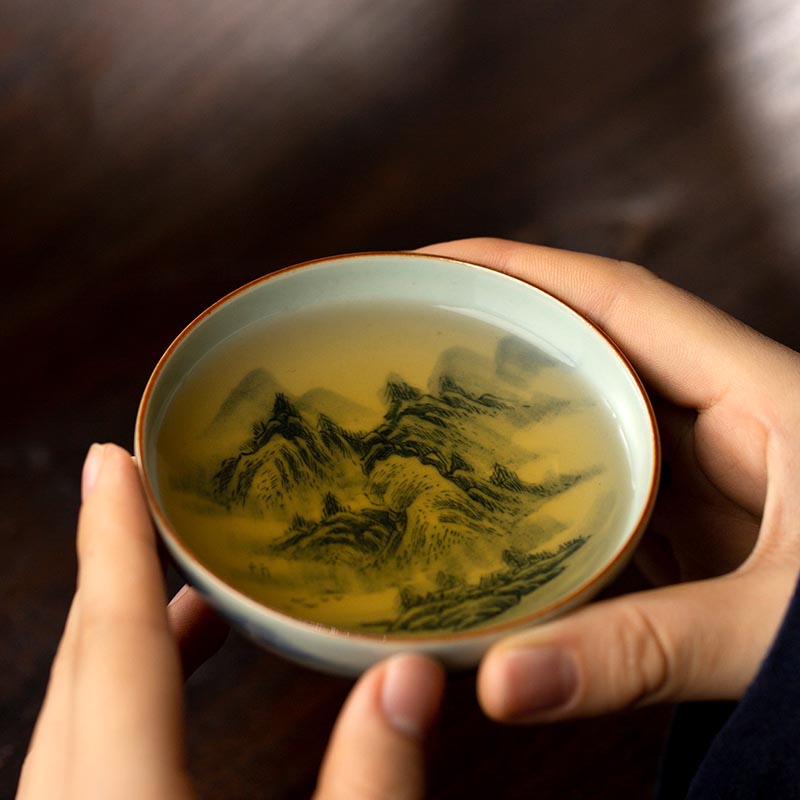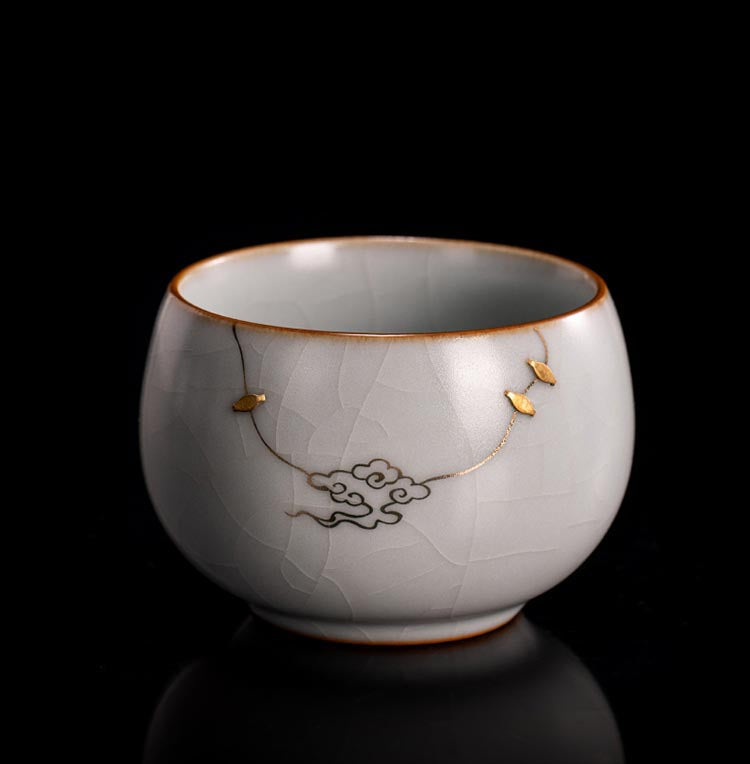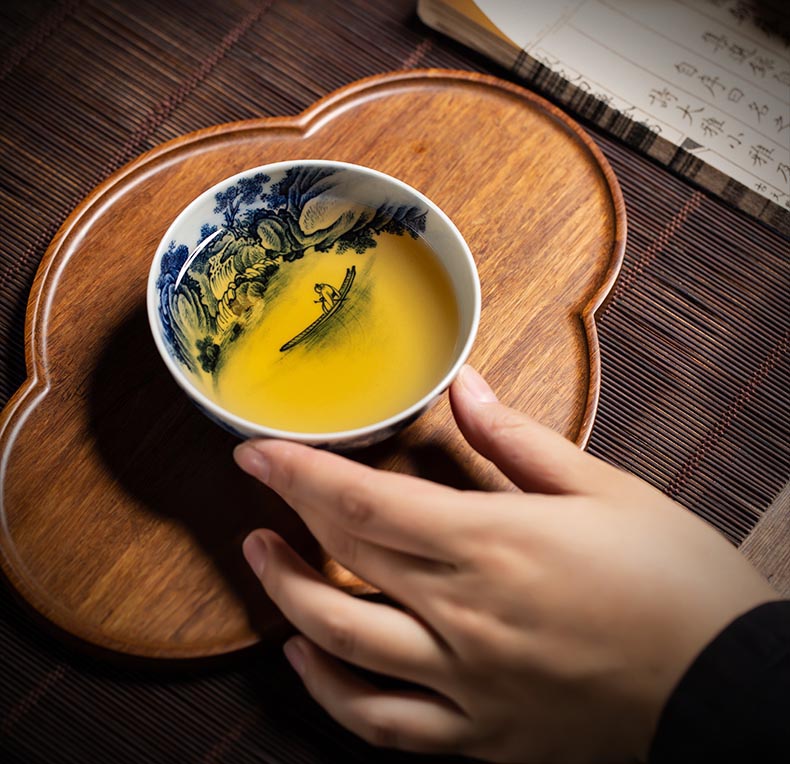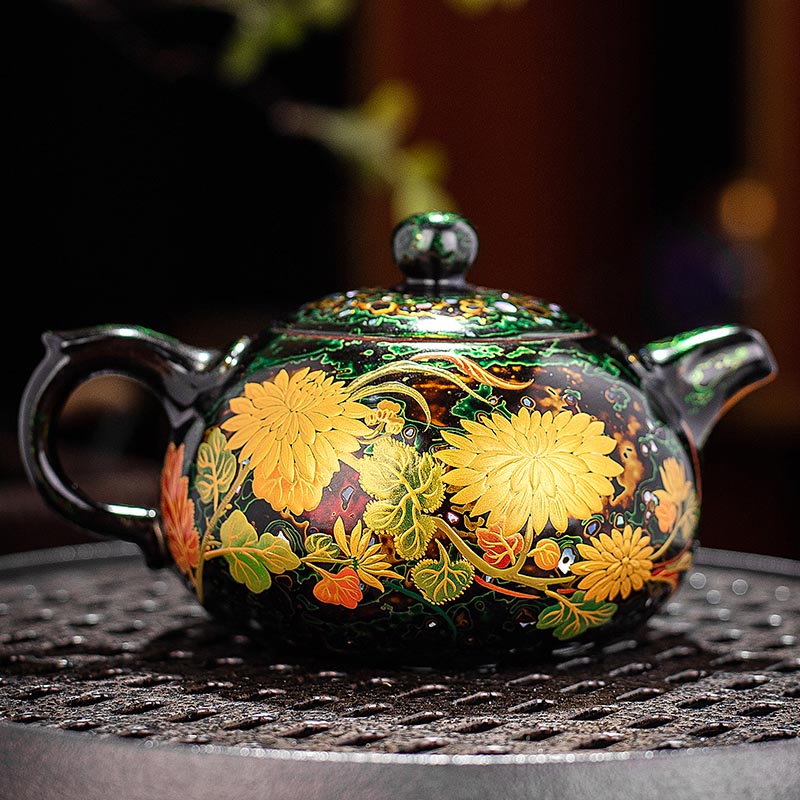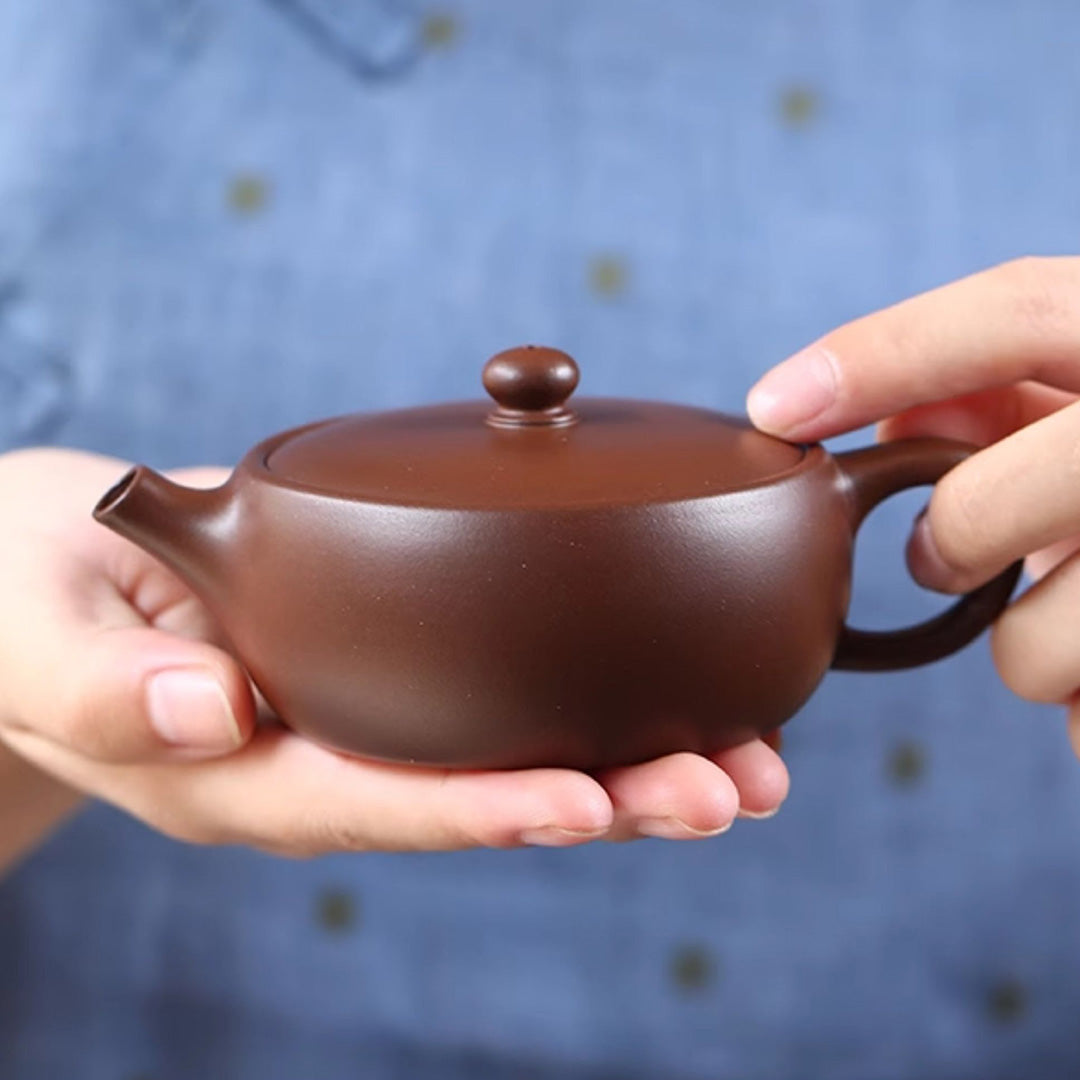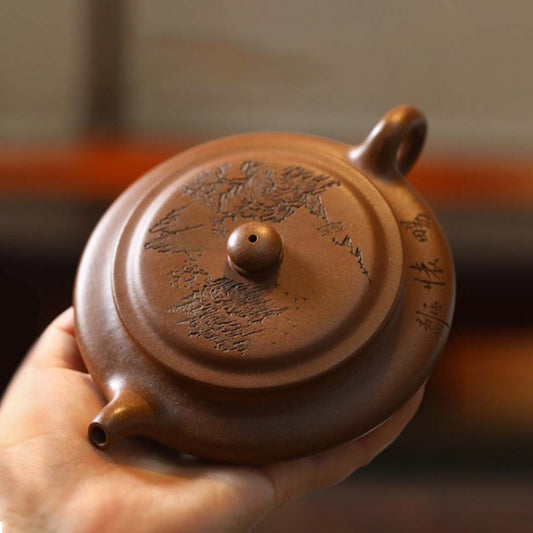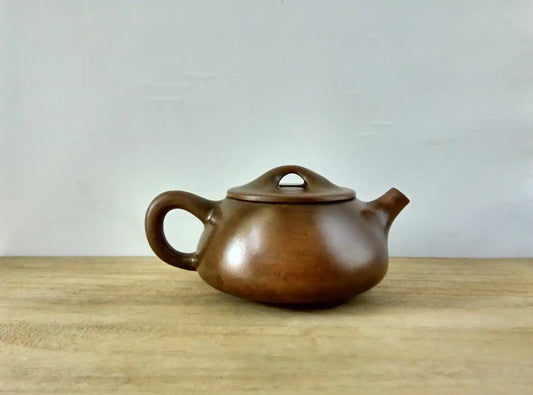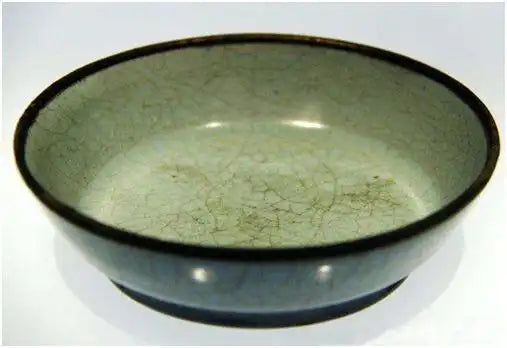The Mystery of the Teapots Nose A Journey into Tradition and Craft
The Mystery of the Teapots Nose A Journey into Tradition and Craft
There's something delightfully idiosyncratic about teapots, especially when you consider their distinctive noses. This little quirk—by which I mean the spout—is more than mere function. It's a confluence of art and utility, carrying the weight of history and culture on its slender frame.
In the world of traditional Chinese teapots, the spout—often referred to as the "nose"—is a mark of craftsmanship and precision. Crafted meticulously by skilled artisans, the spout is what differentiates an exceptional pour from a sorry splash. Consider the famed Yixing teapots, for instance. Made from the purple clay of Jiangsu province, these teapots are more than vessels; they are the progeny of a centuries-old tradition. The clay's unique properties allow it to "remember" flavors, enriching each successive brew. But it's the spout, with its perfectly calibrated angle and length, that commands the liquid in a graceful arc, ensuring that each cup is filled with a minimum of fuss and maximum of flair.
Across the sea in Japan, the kyusu—a side-handled teapot—holds its own secrets within the gentle curve of its spout. In the airy quietude of a Japanese tea room, the spout's role is almost ceremonial, allowing the tea to be poured with reverence and respect for both the leaf and the guest. The kyusu often features a fine mesh strainer within its nose, an innovation that seamlessly marries ancient tradition with modern practicality.
Travel a bit further west, and you find yourself in the realm of the Samovar, where the spout plays a different kind of role. The Samovar's design, with its gently sloping spout, speaks to the Russian art of communal tea-drinking. It's an invitation for conversation and camaraderie, a warm embrace in metal and steam.
The perfect spout requires a deft touch; artisans spend years mastering the balance of angle and curvature that defines a great pour. It's a process steeped in patience and passion, every smooth line a testament to the potter's understanding of both material and tea. The resulting "nose" is a quiet marvel, bridging the realms of art and necessity.
In the end, a teapot's nose is more than just a conduit for tea. It's an elegantly understated piece of the cultural puzzle, a delicate feature that hums with the subtle joy of shared moments and the quiet satisfaction of time-honored craft. As you savor your next cup, take a moment to appreciate the small wonders that guide your brew from pot to cup. It's in these tiny details that the heart of tea culture truly resides.


